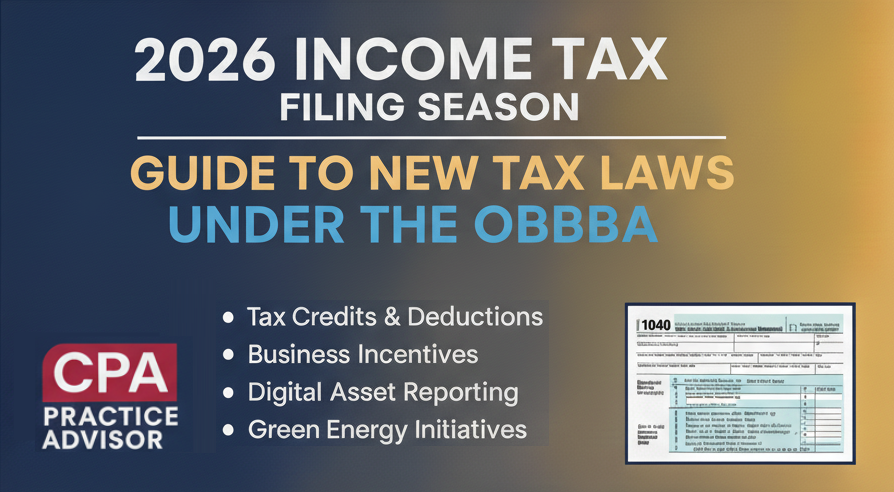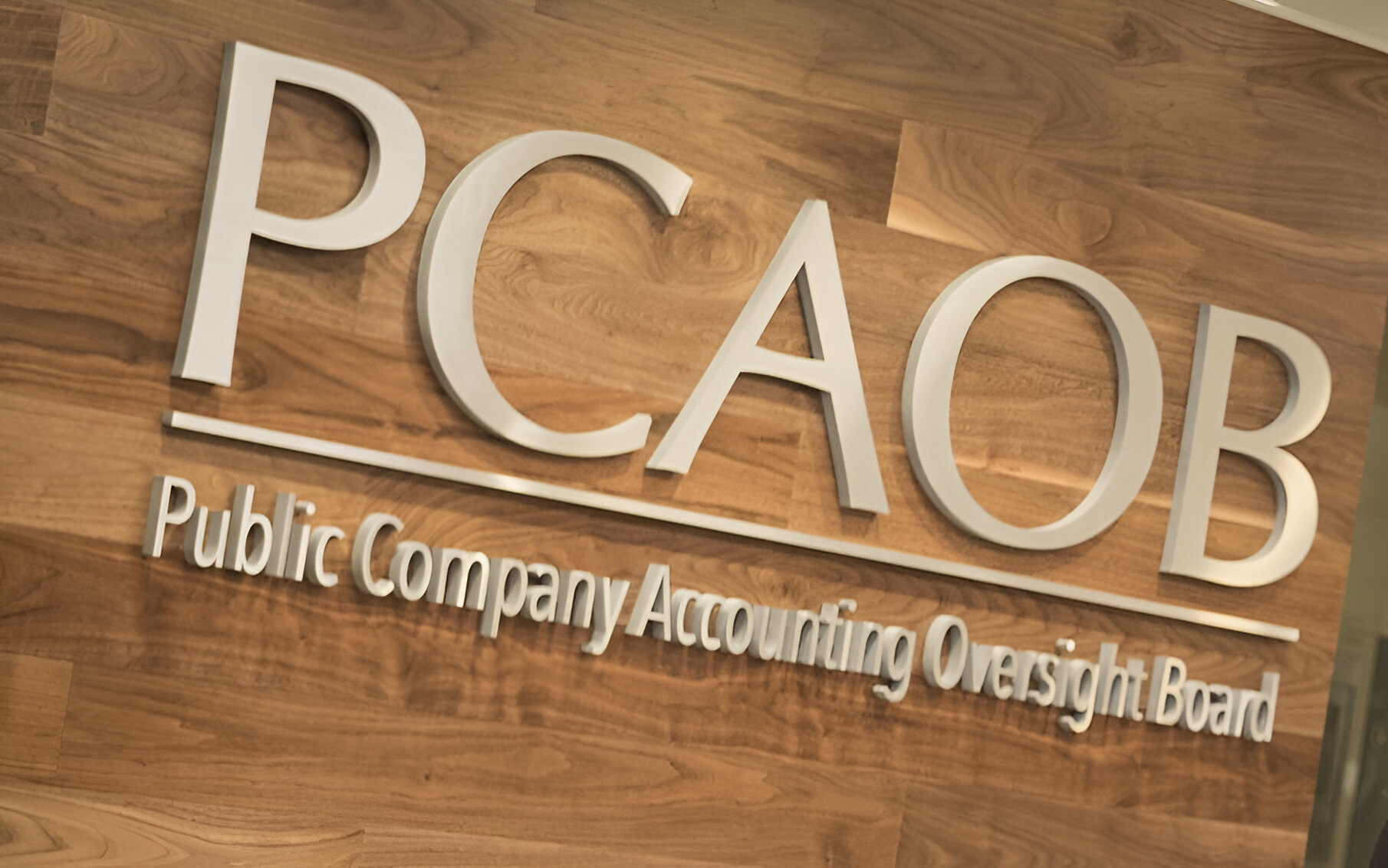The IRS has provided real estate owners with a juicy tax deduction. The de minimis safe harbor election is an annual tax return election that permits a taxpayer to deduct, as ordinary and necessary business expenses, purchases of items that would normally have to be capitalized. Yet this advantageous election is often overlooked by taxpayers. This article will discuss the de minimis safe harbor election and its requirements.
For years the question has been: expense or capitalize? Many taxpayers would capitalize an item based on cost; the larger the cost, the more likely capitalization. Under the finalized tangible property regulations issued in 2015, the rules now permit taxpayers to apply facts and circumstances to purchases.
The final tangible property regulations are complex and provide a framework for taxpayers. The de minimis safe harbor election is a provision in the final tangible property regulations that is elective, prospective, and intended to ease a taxpayer’s compliance with regulations and administrative burdens. For taxpayers, the election eliminates the burden of determining whether every small-dollar expenditure for the acquisition or production of property is properly deductible or capitalizable. If the taxpayer elects the de minimis safe harbor election, the cost of the acquisition or improvement does not have to be capitalized.
These small-dollar expenditures can add up to a substantial deduction. For example, a taxpayer that owns a residential real estate property with 1000 residential units replaces 200 refrigerators in 200 units at a cost of $1,000/refrigerator. This taxpayer can deduct $200,000 immediately (200 x $1,000) and does not have to capitalize and depreciate the costs.
The election covers two different de minimis amounts, depending on whether or not the taxpayer has an applicable financial statement (“AFS”). An AFS includes a financial statement required to be filed with the Securities and Exchange Commission (“SEC”) or a certified audited financial statement accompanied by the report of an independent certified public accountant for credit purposes, reporting to shareholders, or for other non-tax purposes. An AFS also includes a financial statement required to be provided to a federal or state government or agency other than the IRS or the SEC.
Taxpayers that have an AFS may use this safe harbor to deduct amounts paid for tangible property up to $5,000 per invoice or item. Taxpayers without an AFS can deduct amounts up to $2,500 per invoice or item.
For example, a taxpayer with an AFS replaces 100 windows in a property that has 150 windows at a cost of $3,000/window. This taxpayer, applying the facts and circumstances and considering the unit of property, has replaced a significant portion (100/150 or 66%) of the windows and would generally be required to capitalize the costs. If the taxpayer elected the de minimis safe harbor, it could deduct $300,000 immediately (100 x $3,000) and not have to capitalize the costs.
A written accounting policy is required for taxpayers with an AFS. The taxpayer sets the threshold, and if the taxpayer’s accounting policy is less than $5,000, the amount deductible under the de minimis safe harbor is limited to the threshold set by the policy. This policy must be consistently applied for book and tax purposes and must be in place at the beginning of the taxpayer’s year. (Taxpayers may want to consider a lower amount for the policy, as financial statements and reported income will take a hit). Also, taxpayers should consider the impact on financial covenants and ratios.
For taxpayers without an AFS, the threshold is $2,500 and a written accounting policy is not required; however, having a written policy is advisable.
The de minimis safe harbor election does not include amounts paid for inventory and land.
Additionally, it does not apply to rotable, temporary, and standby emergency spare parts that the taxpayer elects to capitalize and depreciate. It also does not apply to rotable and temporary spare parts that the taxpayer accounts for under the optional method of accounting. However, de minimis amounts paid for tangible property may be subject to capitalization, if the amounts include the direct or allocable indirect costs of other property taxpayer’s produced or acquired for resale.
In order for taxpayers to elect the de minimis safe harbor election, they need to attach a statement titled “Section 1.263(a)-1(f) de minimis safe harbor election” to the timely filed original federal tax return including extensions, for the taxable year in which the de minimis amounts are paid. The annual election is not a change in method of accounting. Therefore, taxpayers do not need to file Form 3115, Application for Change in Method of Accounting. The IRS has made it easy for taxpayers to elect.
In conclusion, the de minimis safe harbor can be easily elected, simplifies recordkeeping and compliance and generates more current tax deductions. Many assets that were capitalized in the past can be deducted immediately. If properly planned, this election is very effective for maximizing deductions.
——-
Joseph Mecagni is Senior Manager, Tax & Business Services for Marcum LLP.
Thanks for reading CPA Practice Advisor!
Subscribe Already registered? Log In
Need more information? Read the FAQs




